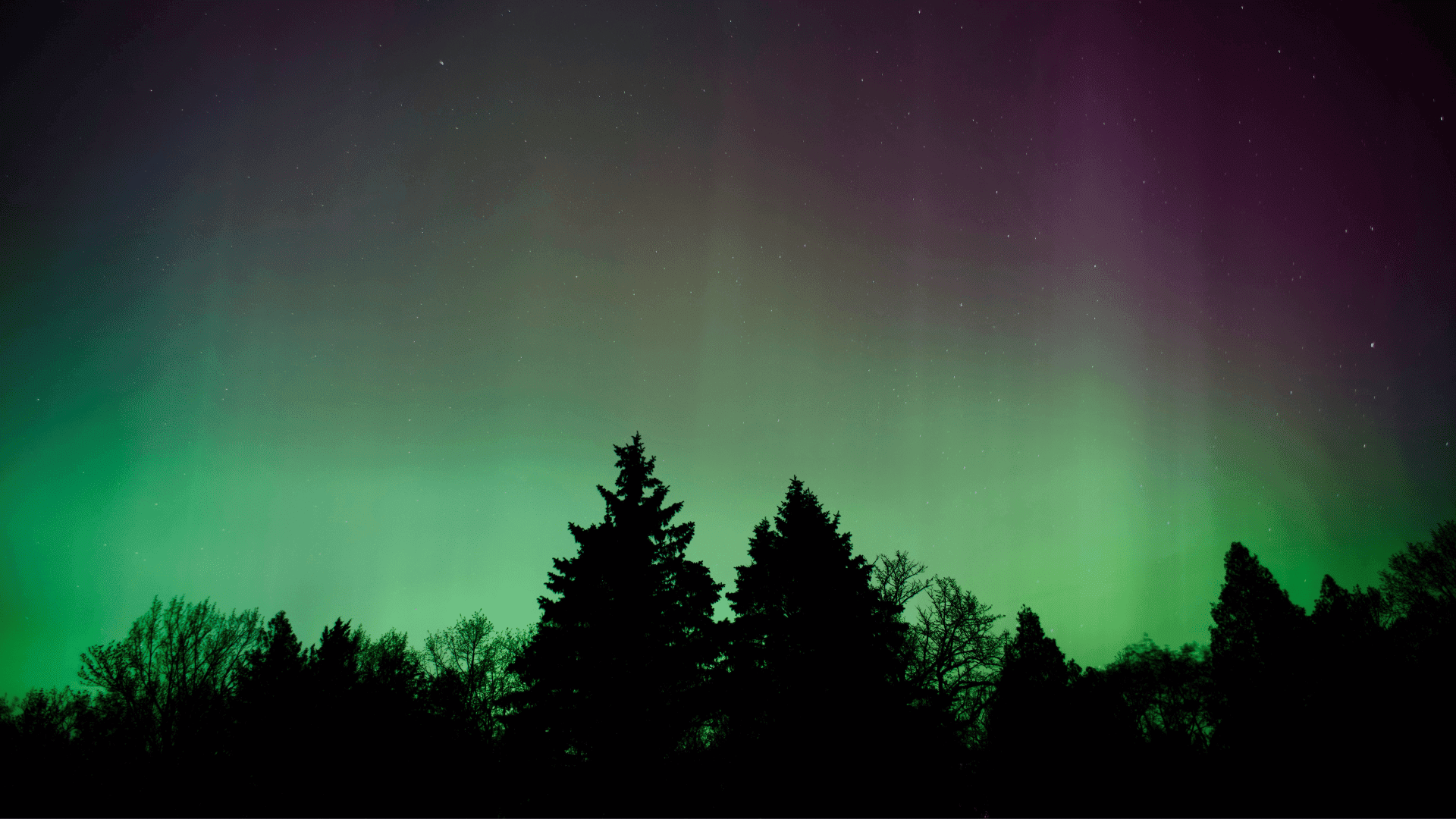Wetlands are an extremely unique ecosystem on our planet. You may recognize them from virtually any nature documentary as you’d be hard-pressed to find one where they didn’t pay this environment a visit. They are the subject of awe to many because they include a rare blend of water plant life and wildlife entirely unique to their region. And one of the largest wetlands in the world is right here in the United States- The Everglades National Park.

The Everglades includes nine distinct habitats including pine rocklands, marine waters, and coastal lowlands. It also includes sawgrass prairies and freshwater slough which flows from Lake Okeechobee.
These wetlands are also home to many plant and animal species that won’t be found anywhere else on Earth. A few of these include the manatee, Florida panther, and American crocodile. It is also one of the best places to visit on Earth for the bird-watching enthusiast. It’s currently home to more than 360 species of birds, so it should be a priority stop on any bird-watching road trip.
Although we’re used to the four-season model, the Everglades is broken up into two seasons: the wet season and the dry season. The wet season runs from April to October and it consists of excruciating heat, buckets of rain, sweating, and lots of bugs. In fact, the park receives an average of 60 inches of rain per year. If you want to avoid high temperatures and heavy rainfalls, it may be best to visit the park during the ‘dry season’ between November and March.

Everglades is also home to the largest contiguous stand of protected mangroves in the western hemisphere. The term mangrove refers to a cluster of several trees with impenetrable root systems and the ability to bloom in salty ecosystems. These protected areas help to maintain the exotic wildlife by providing a place to feed and nest as well as a space to shelter in the event of a hurricane or storm.
In addition to being a natural wonder, the park includes so many activities for visitors to partake in and experience its beauty. Just a few include canoeing, kayaking, eco-tours, biking, fishing, and even slough slogging or wading into the Florida swamp to experience the exotic wildlife up-close.







